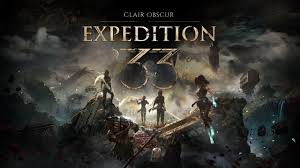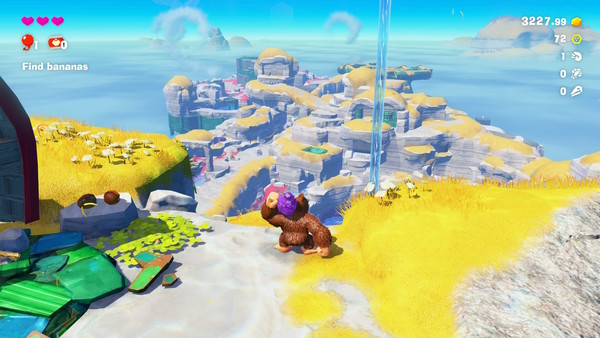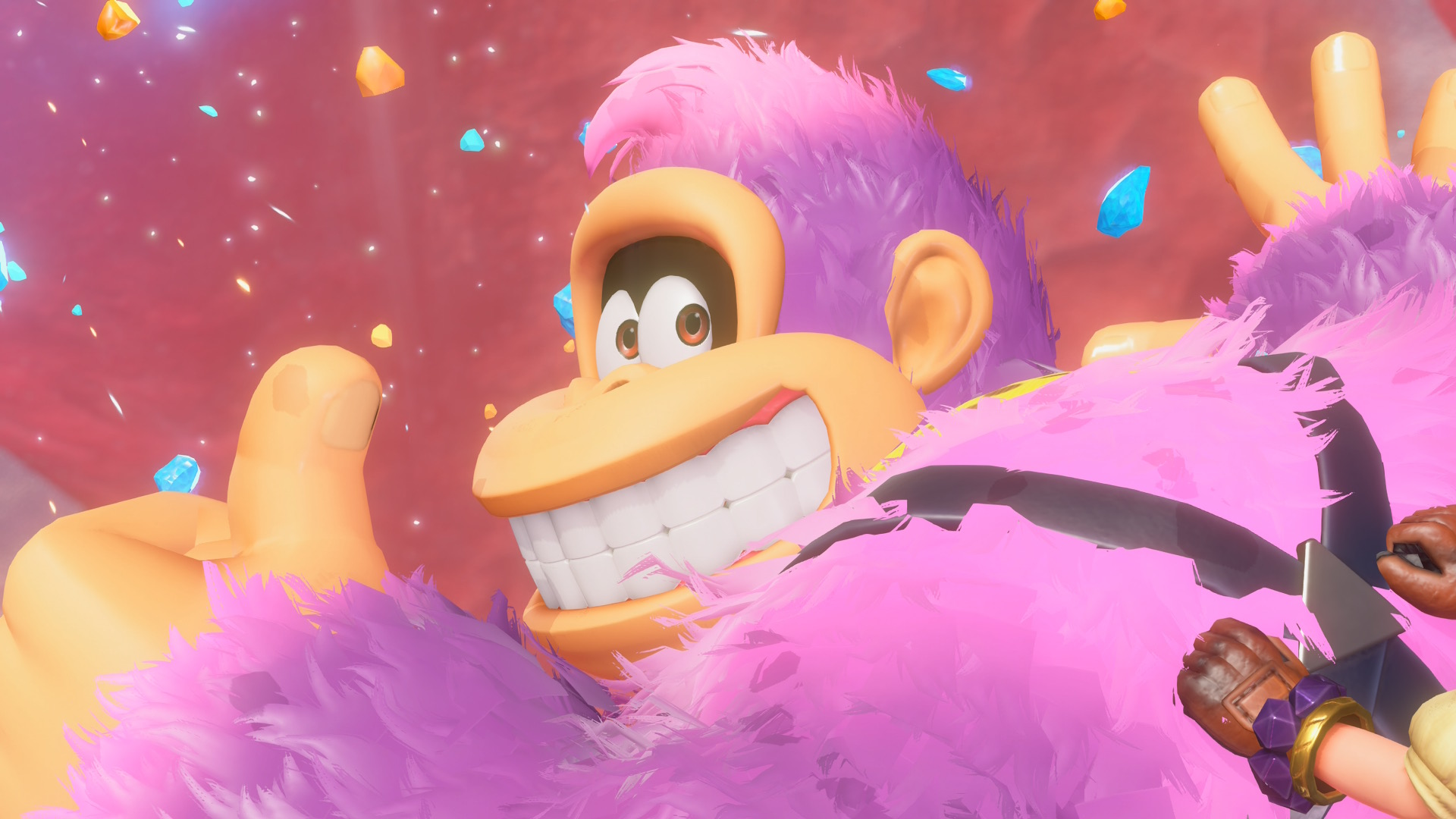Ninja Gaiden: Ragebound
"And while it's hard to grumble about shades of grey in any story, we're not quite sure this is place for it. Similar could be said for the katana-and-kunai action platform game our duo must fight through, where modernising additions detract from a core arcade-like purity. It's complicated, in short, in ways it needn't be.
...
Because, outside of boss battles, hypercharge often feels like an idea that doesn't quite gel with everything else. It appears as a somewhat contrived curiosity when it's introduced in Kenji's training level, and never quite convinces us that it isn't.
...
As your enemies continue to storm in, their linear patterns combining to increasingly devious effect, Ragebound is most entertaining when you're reacting rather than thinking, parsing the identity of each sprite and adjusting course instinctively. Yet too often there's a thin film of strategy wrapped around it that's more restrictive than refreshing, and as complexity stacks with the intricacy of the stage design, a cluttered control system struggles to keep up - accidentally grabbing walls in tight spots is a problem. Time-limited sequences created for Kumori to tackle alone in spirit form, meanwhile, follow a rote cycle of die, memorise, repeat.
There is still plenty to like. The pixel art and simulated chip music find that sweet spot of feeling 16bit while being so much more. The pace remains quick, enemies are varied, and long platform levels are punctuated by breezy chases. In other words, Ragebound sparkles when it doesn't over-egg the pudding, confusing additional layers for mechanical depth. And we remain convinced that, whichever clan they're from, the best ninjas work alone." [6]











